Parlez-vous finance? Why marketers must learn to speak the language of cash-flow.
May 20, 2021 •Helen Barclay

After weeks of planning, you are presenting your company’s new marketing strategy to the senior leadership team. The head of sales sees how your mailing will help his team, your CTO looks impressed by website engagement projections, and the CEO is nodding approvingly at the potential growth of brand awareness. But then the CFO raises her hand: “Where is the return on investment here? I don’t see how this is going to transform into profit”.
Marketers and finance professionals speak a fundamentally different language. Where many marketers are focused on impressions, brand awareness or engagement, finance people think in terms of profit, cost saving and business performance. Indeed, two-fifths of marketers don’t know what impact their marketing spend has. What’s more, these two departments sometimes use the same language but mean entirely different things – a marketer might consider 10,000 social media impressions a healthy ROI. A finance person thinks of ROI in terms of cashflow.
Both marketing and finance can benefit from learning to understand one another better. For marketing professionals, the motive isn’t just to secure more funds for your projects – it’s also about feeling confident that your initiatives will translate into big profits.
So, how can you speak to your CFO in a language they understand?
Turn marketing talk into finance talk
How easy a marketer’s job would be if we could prove exactly how many unit sales are directly attributable to our campaigns. There are exceptions, yet in most cases, the link between marketing and purchases is complex. As a starter for 10, there are several things which you can do to help convince your CFO to spend on marketing:
Separate profits from sales by showing allowable costs
Sales do not equal profits, yet many marketers treat them as one and the same thing. For every single sale, you must subtract all the additional allowable costs before you see the actual profit – this includes the cost of the product, VAT, returns, the cost of processing orders and so on. Only once you have a clear idea of the point where you start to make profit will you be able to assess how much you can afford to spend to recruit or retain a customer through marketing.
Forecast at a customer level
Think of your customers as the most important economic unit of your business and forecast accordingly. So you need to increase revenue by £3m next year? Based on your allowable cost and customer lifetime value, how many new customers do you need to recruit, how many existing customer will shop with you and how many customers will you need to re-engage?
Remember that based on CLTV you may make an immediate profit from a marketing campaign or it may take months – or even years before you start to make a clear profit. You therefore need assess how long you are comfortable to wait before your campaign translates into profit.
Measure incrementally and forecast confidently
Incrementality is a way of assessing how being exposed to different marketing campaigns adds to the likelihood that a target will convert to purchase.
To put this into context you may have a segment of customers who have a very high propensity to shop with your brand, whether you serve them an ad or not they will likely purchase. However, you look at your campaign ROI and it looks fantastic. In reality, it may have been a waste of your marketing budget as your audience didn’t need any persuasion.
Performing A/B testing and segmenting your current and future customers cleverly will allow to confidently forecast the effects of your next campaign. You can then show that by spending £X will make an extra £Y, and most importantly those sales would not be made without the spend.
Language lessons
Finance is a department famous for saying ‘no’, but ultimately finance’s goal is no different to marketing – they want to grow the business, increase market share and boost profits.
To see how we can help you parlez-vous finance, drop us a line hello@more2.com.

